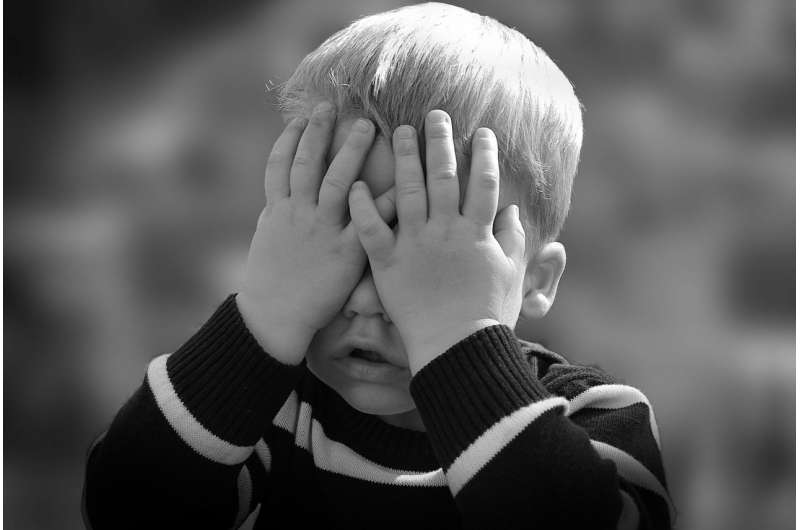Tips for managing distress in children following traumatic events

Whether it is the local evening news or a 24-hour cable news channel, images of violence inundates our homes. These scenes can be disturbing and stressful, especially for children. It is important to manage distress and take appropriate steps in helping your children and adolescents following traumatic events.
Take advantage of the teachable moment by starting a dialogue about the event
Questions such as: "What do you think about what you just watched on TV." "Do you have questions about terrorism or shootings?" or "what are kids at school saying about the attacks?" create the space for conversation about what the event means to the child. Avoidance of the topic may increase anxiety and send the message that the event is too horrible to talk about. As the conversation unfolds listen carefully for what the child knows, what they believe to be true and where they are getting their information.
Correct any misconceptions or inaccurate information
Age and stage of development can greatly impact the way situations are perceived. Children may unduly personalize the situation, or have an exaggerated sense of danger.
Tailor the amount of media exposure to the needs of the child
A good rule of thumb is no child under age six needs to be exposed to media accounts of terrorist or violent events. The replaying of graphic images and scenes of distress are confusing to young children who do not have the ability to keep events in temporal sequence and who may feel the event is ongoing. Even if young children do not appear to be listening, they may pick up on the sense of chaos and danger created by adult conversations and repeated media accounts. Parents should limit the amount of exposure in young children, and for those who are distressed by the event.
Model good coping
Children take their cues on how to respond to events based on the lessons learned from their caregivers. If parents are worried, talking a lot about the event, highly anxious or over-reactive, children will mimic this behavior. It is normal and expected to have a response to tragedy, but an expression of worry or anxiety should be accompanied by solution focused language. This might include describing ways adults in the child's life take action to keep them safe, pointing out the quick response of law enforcement, and examples of the benevolence of strangers. This sends the message to the child that while bad things happen, there are good people in this world and adults that are there to keep them safe.
Know when to refer
If children have symptoms of anxiety, worry, sleep disturbance, sadness or preoccupation with the event that lasts beyond two weeks, a referral for a trauma assessment at a community mental health center, a faith-based organization or the UK Center on Trauma and Children is recommended.


















